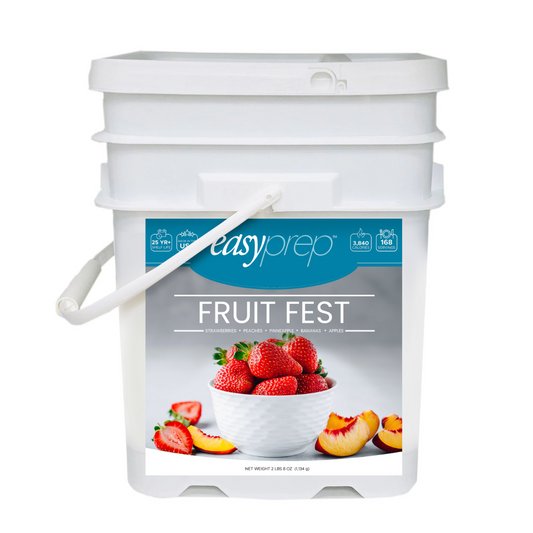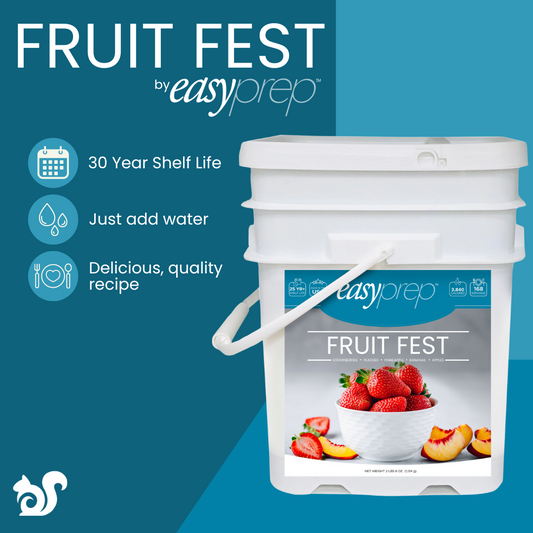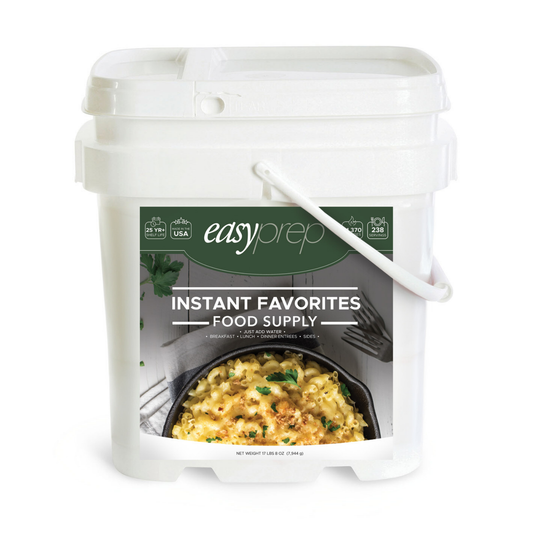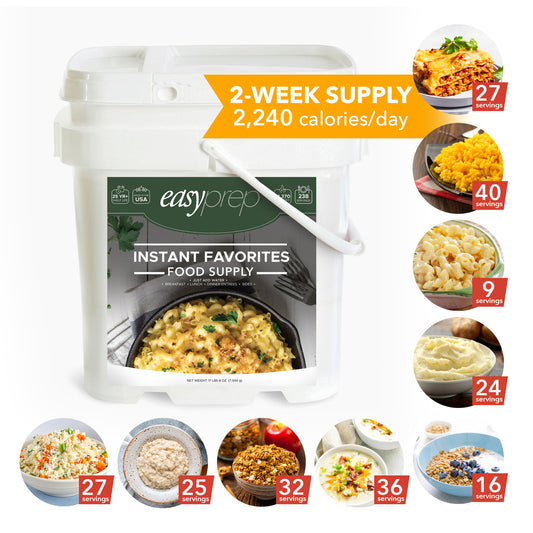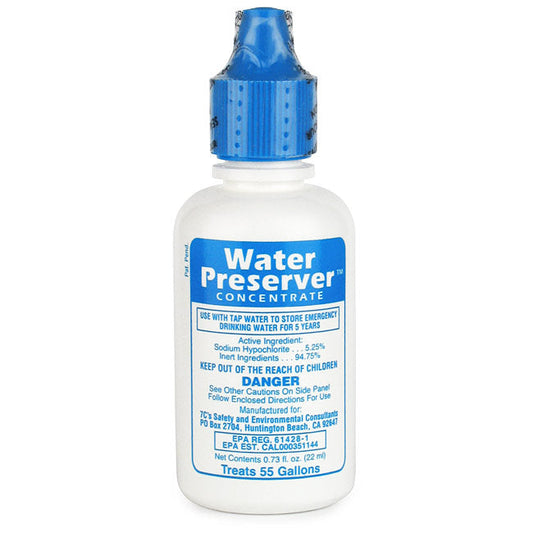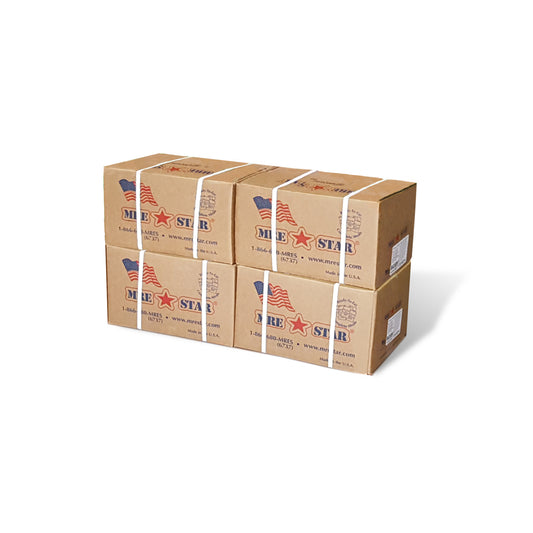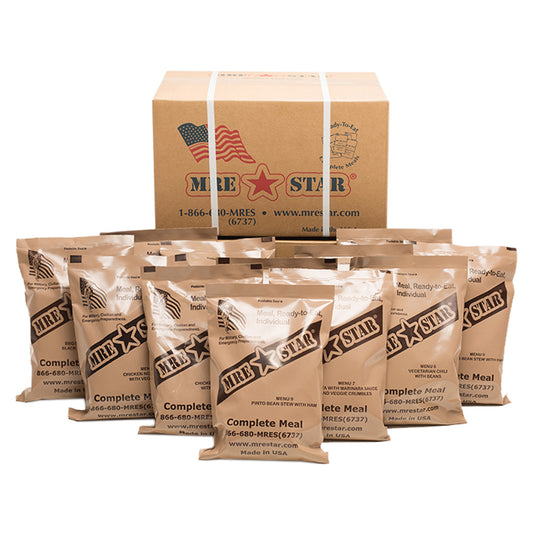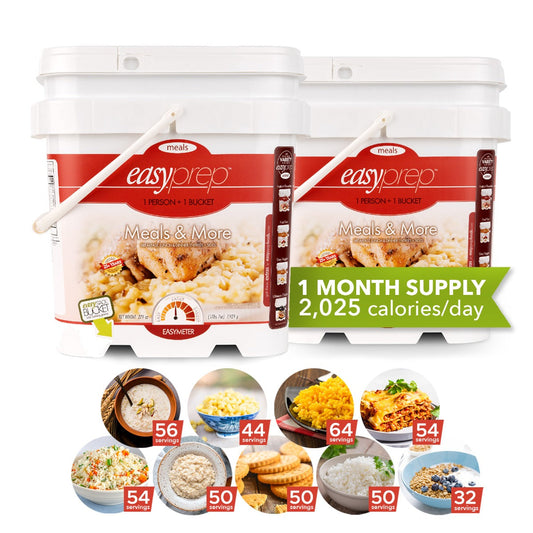Enjoy Bees Without a Hive
07 Jul 2020
 My four year old daughter and I love to wander the neighborhood on the lookout for bees. She is absolutely enamored as she listens to the sound of their buzzing wings, watches their waggles as they communicate, and sees their bright coloring. Because of the fascination my daughter, and now I, have with bees, we want them to frequent our yard more. We love these interesting little insects and they offer such a simple way to observe nature around us. Besides the natural interest of my daughter, they're also great for our plants and garden. Unfortunately, we live in an area where it is not feasible to actually operate our own hive. In this article, I’ll be discussing why we need bees, how we can help bees, and offer suggestions on bee-friendly plants in some of the USDA zones of the United States.
Why do we need bees?
Farmers use bees to help pollinate crops. One out of every three bites of food we eat are due to bees pollinating our produce. Fascinatingly, honeybees are worth at least $15 billion to the US economy every year due to their pollinating services.1 Nearly two million bee colonies are needed for the Californian almond industry alone!2
Technically, we could live without bees. But we don’t want to! Without efforts largely due to bees, we wouldn’t have our delicious apples, broccoli, melons, or almonds, to name a few. We would be nearly without hundreds of other fruits and vegetables if we didn’t have bees. Let’s take a look at lemons, for example. I love freshly squeezed lemon juice in my water and drink it almost daily. Without the bees that help pollinate lemon trees, lemons would become really expensive. We’d still be able to grow and pollinate crops but it would be cost prohibitive. And sadly, I wouldn’t be able to afford buying these really expensive lemons for my water. To be clear, there are wind pollinated crops like rice and corn so we’d be fine and have enough food, but the variation of crops we could easily grow would be reduced.3
Beginning around the winter of 2007, bees were dying in record numbers and no one knew why. After investigation, we learned the bees’ dramatic decline was because of colony collapse disorder, CCD.4 Essentially, the worker bees become stressed (due to parasites, pesticides, and poor nutrition) and the worker bees abandon their queen and hive. No worker bees means no honey and no pollinating. Since then, CCD is on the decline and bees are doing much better but there are some really easy things we can do to help bees stay happy, which helps grow our food!
How can we help bees?
Bees visit tons of flowers, drink their nectar, gather and spread pollen and then return to their hives. From there, they work their magic and make honey and use the protein in pollen to help nourish the newest generation of baby bees. If there aren’t enough flowers with nectar for the bees or enough variety in available flowers, they begin to starve and can become stressed. Hungry and strained bees can lead to CCD. Bees need diversity in their diet for their optimal nutrition and to do their best making honey and growing baby bees. A lot of energy is needed to collect and transfer pollen. When bees are thriving, they are able to spread the collected pollen by cross-pollination and help our crops grow better.5
Dr. Sammy Ramsey, a honeybee researcher in the U.S. Department of Agriculture explains that we can help bees today and in some really easy ways. "We can plant more flowers in our yards. Bees do better when they are exposed to a variety of flowers that will round out their nutrition. He also recommends we leave some of those pesky dandelions alone. Bees love dandelions and wild flowers." Dr. Ramsey’s recommendation is probably a lot easier said than done!6
Bee-friendly flowers for your zone
We have a variety of plants in our yard but we see the bees drinking up the nectar most on the flowers of our lavender, lilac, and dianthus plants. Below, you can find a few other flowers and plants that bees love. Hopefully you’ll look at your own outdoor spaces and add some bee-friendly flowers this season!
Lavender
USDA zones 5-9
Bees love the pollen and nectar provided by lavender plants while we can enjoy the fresh scent.
Palibin Lilac
USDA zones 3-7
These bloom in late spring and early summer bringing the bees in droves.
Chives7
USDA zones 3-10
This plant does well in colder climates and bees love their flowers.
Nasturtium8
USDA zones 9-11
These bloom through autumn so bees will still visit your yard during the cooler months before winter.
Milkweed9
USDA zones 4-10
This plant will bring not only bees but Monarch butterflies to your yard.
Bee Balm10
USDA zones 4-9
Just based on the name, we know bees will enjoy the prairie flowers on this plant.
Sources:
1. United States Department of Agriculture. (n.d.) US Pollinator Information. https://www.ree.usda.gov/pollinators
2. American Beekeeping Federation (n.d.). Pollination Facts. https://www.abfnet.org/page/PollinatorFacts#:~:text=As%20honey%20bees%20gather%20pollen,dependent%20on%20honey%20bee%20pollination.
3, 6. NPR. (2020 April 2). Honey Bees Need Your Help, Honey. https://www.npr.org/transcripts/825305756
4. United States Department of Agriculture. (2020 June 2). Honey Bees.
ttps://www.aphis.usda.gov/aphis/ourfocus/planthealth/plant-pest-and-disease-programs/honey-bees/!ut/p/z1/lZFBb4IwGIbv_AovXPm-gkPcDVwDTMeWIcp6WWrGkAQpKVWyfz-i7uImwx76Ns3ztOlbYNpopGmQdtEtztNPAqv4oci5KkTFS0jhjdnvEZn56IzJwqcPBN1gGs6DiY0xvYP1EVg8j2fEi7FL6qFLXydPlIYmEgvYbf4qsDt_mSwjh3jh1Bzm45Xh4jC_B2D9xz_-fwHrQ-aRdQaudOg7Zj9wLPkC-N3igHfkpdicvtytNpaTA5PZZyYzaexlt71Vqm7uddSxbVtDZpmxbz64kYuDjrUoy6LiSsjmL38rGgXppQb1LkmS9CsOi5fd2mncb1vqAkk!/dz/d5/L2dBISEvZ0FBIS9nQSEh/
5. Michigan State University Department of Entomology. (n.d.). Pollination. https://www.canr.msu.edu/nativeplants/pollination/
7, 8, 9, 10. The Honey Bee Conservatory. (n.d.). Grassroots Gardening: 21 Flowers that Attract Bees. https://thehoneybeeconservancy.org/2017/03/27/21-flowers-that-attract-bees/
My four year old daughter and I love to wander the neighborhood on the lookout for bees. She is absolutely enamored as she listens to the sound of their buzzing wings, watches their waggles as they communicate, and sees their bright coloring. Because of the fascination my daughter, and now I, have with bees, we want them to frequent our yard more. We love these interesting little insects and they offer such a simple way to observe nature around us. Besides the natural interest of my daughter, they're also great for our plants and garden. Unfortunately, we live in an area where it is not feasible to actually operate our own hive. In this article, I’ll be discussing why we need bees, how we can help bees, and offer suggestions on bee-friendly plants in some of the USDA zones of the United States.
Why do we need bees?
Farmers use bees to help pollinate crops. One out of every three bites of food we eat are due to bees pollinating our produce. Fascinatingly, honeybees are worth at least $15 billion to the US economy every year due to their pollinating services.1 Nearly two million bee colonies are needed for the Californian almond industry alone!2
Technically, we could live without bees. But we don’t want to! Without efforts largely due to bees, we wouldn’t have our delicious apples, broccoli, melons, or almonds, to name a few. We would be nearly without hundreds of other fruits and vegetables if we didn’t have bees. Let’s take a look at lemons, for example. I love freshly squeezed lemon juice in my water and drink it almost daily. Without the bees that help pollinate lemon trees, lemons would become really expensive. We’d still be able to grow and pollinate crops but it would be cost prohibitive. And sadly, I wouldn’t be able to afford buying these really expensive lemons for my water. To be clear, there are wind pollinated crops like rice and corn so we’d be fine and have enough food, but the variation of crops we could easily grow would be reduced.3
Beginning around the winter of 2007, bees were dying in record numbers and no one knew why. After investigation, we learned the bees’ dramatic decline was because of colony collapse disorder, CCD.4 Essentially, the worker bees become stressed (due to parasites, pesticides, and poor nutrition) and the worker bees abandon their queen and hive. No worker bees means no honey and no pollinating. Since then, CCD is on the decline and bees are doing much better but there are some really easy things we can do to help bees stay happy, which helps grow our food!
How can we help bees?
Bees visit tons of flowers, drink their nectar, gather and spread pollen and then return to their hives. From there, they work their magic and make honey and use the protein in pollen to help nourish the newest generation of baby bees. If there aren’t enough flowers with nectar for the bees or enough variety in available flowers, they begin to starve and can become stressed. Hungry and strained bees can lead to CCD. Bees need diversity in their diet for their optimal nutrition and to do their best making honey and growing baby bees. A lot of energy is needed to collect and transfer pollen. When bees are thriving, they are able to spread the collected pollen by cross-pollination and help our crops grow better.5
Dr. Sammy Ramsey, a honeybee researcher in the U.S. Department of Agriculture explains that we can help bees today and in some really easy ways. "We can plant more flowers in our yards. Bees do better when they are exposed to a variety of flowers that will round out their nutrition. He also recommends we leave some of those pesky dandelions alone. Bees love dandelions and wild flowers." Dr. Ramsey’s recommendation is probably a lot easier said than done!6
Bee-friendly flowers for your zone
We have a variety of plants in our yard but we see the bees drinking up the nectar most on the flowers of our lavender, lilac, and dianthus plants. Below, you can find a few other flowers and plants that bees love. Hopefully you’ll look at your own outdoor spaces and add some bee-friendly flowers this season!
Lavender
USDA zones 5-9
Bees love the pollen and nectar provided by lavender plants while we can enjoy the fresh scent.
Palibin Lilac
USDA zones 3-7
These bloom in late spring and early summer bringing the bees in droves.
Chives7
USDA zones 3-10
This plant does well in colder climates and bees love their flowers.
Nasturtium8
USDA zones 9-11
These bloom through autumn so bees will still visit your yard during the cooler months before winter.
Milkweed9
USDA zones 4-10
This plant will bring not only bees but Monarch butterflies to your yard.
Bee Balm10
USDA zones 4-9
Just based on the name, we know bees will enjoy the prairie flowers on this plant.
Sources:
1. United States Department of Agriculture. (n.d.) US Pollinator Information. https://www.ree.usda.gov/pollinators
2. American Beekeeping Federation (n.d.). Pollination Facts. https://www.abfnet.org/page/PollinatorFacts#:~:text=As%20honey%20bees%20gather%20pollen,dependent%20on%20honey%20bee%20pollination.
3, 6. NPR. (2020 April 2). Honey Bees Need Your Help, Honey. https://www.npr.org/transcripts/825305756
4. United States Department of Agriculture. (2020 June 2). Honey Bees.
ttps://www.aphis.usda.gov/aphis/ourfocus/planthealth/plant-pest-and-disease-programs/honey-bees/!ut/p/z1/lZFBb4IwGIbv_AovXPm-gkPcDVwDTMeWIcp6WWrGkAQpKVWyfz-i7uImwx76Ns3ztOlbYNpopGmQdtEtztNPAqv4oci5KkTFS0jhjdnvEZn56IzJwqcPBN1gGs6DiY0xvYP1EVg8j2fEi7FL6qFLXydPlIYmEgvYbf4qsDt_mSwjh3jh1Bzm45Xh4jC_B2D9xz_-fwHrQ-aRdQaudOg7Zj9wLPkC-N3igHfkpdicvtytNpaTA5PZZyYzaexlt71Vqm7uddSxbVtDZpmxbz64kYuDjrUoy6LiSsjmL38rGgXppQb1LkmS9CsOi5fd2mncb1vqAkk!/dz/d5/L2dBISEvZ0FBIS9nQSEh/
5. Michigan State University Department of Entomology. (n.d.). Pollination. https://www.canr.msu.edu/nativeplants/pollination/
7, 8, 9, 10. The Honey Bee Conservatory. (n.d.). Grassroots Gardening: 21 Flowers that Attract Bees. https://thehoneybeeconservancy.org/2017/03/27/21-flowers-that-attract-bees/

